Racing Lamborghinis were, for many years, sort of a taboo within the manufacturer from Sant’Agata Bolognese. Since the tractor manufacturer started to build sports cars, the focus has always been to develop cars that would be superior to those from Ferrari, with Ferruccio Lamborghini believing that motorsports was something that drained a lot of resources from the company. This vision kept Lamborghini away from the race tracks, with the first purebred racing Lamborghini only released in 1996, the Lamborghini Diablo SV-R built for the Super Trofeo one-make series. This, however, did not prevent wealth individuals and racing teams to transform the Italian cars (or parts of them) into racecars.
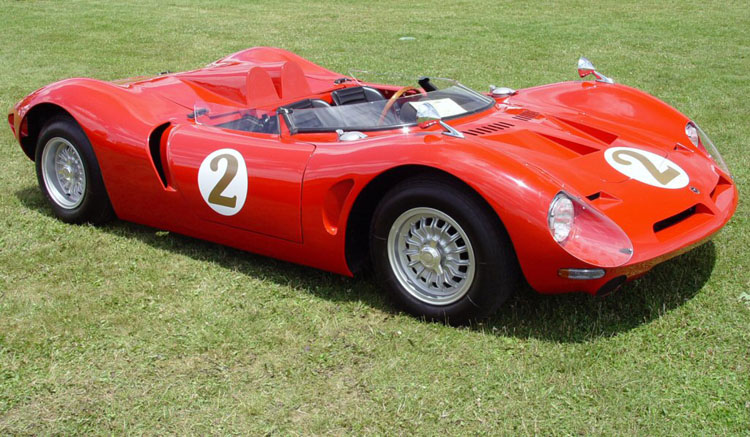


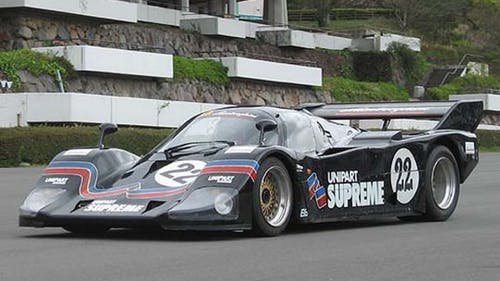
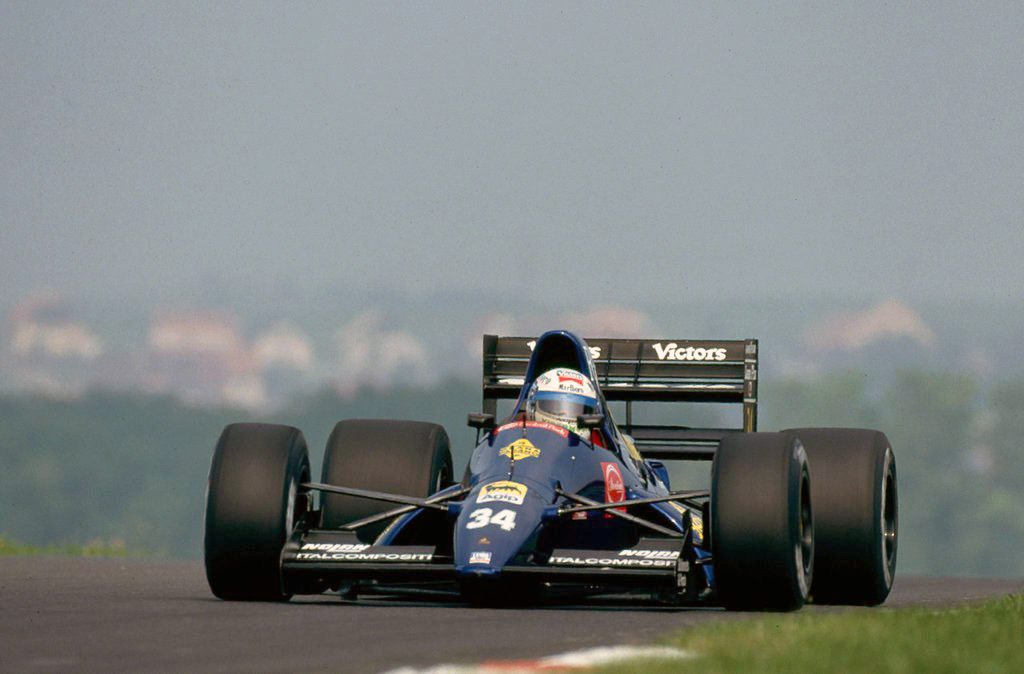




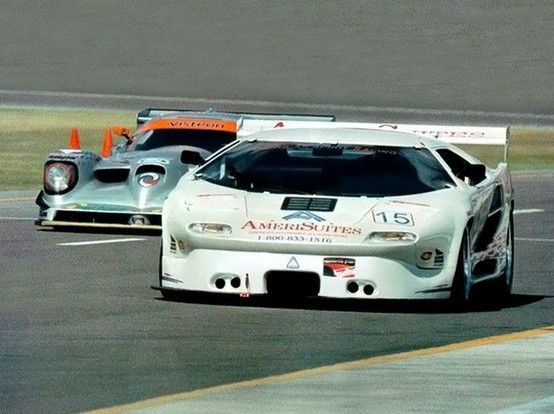


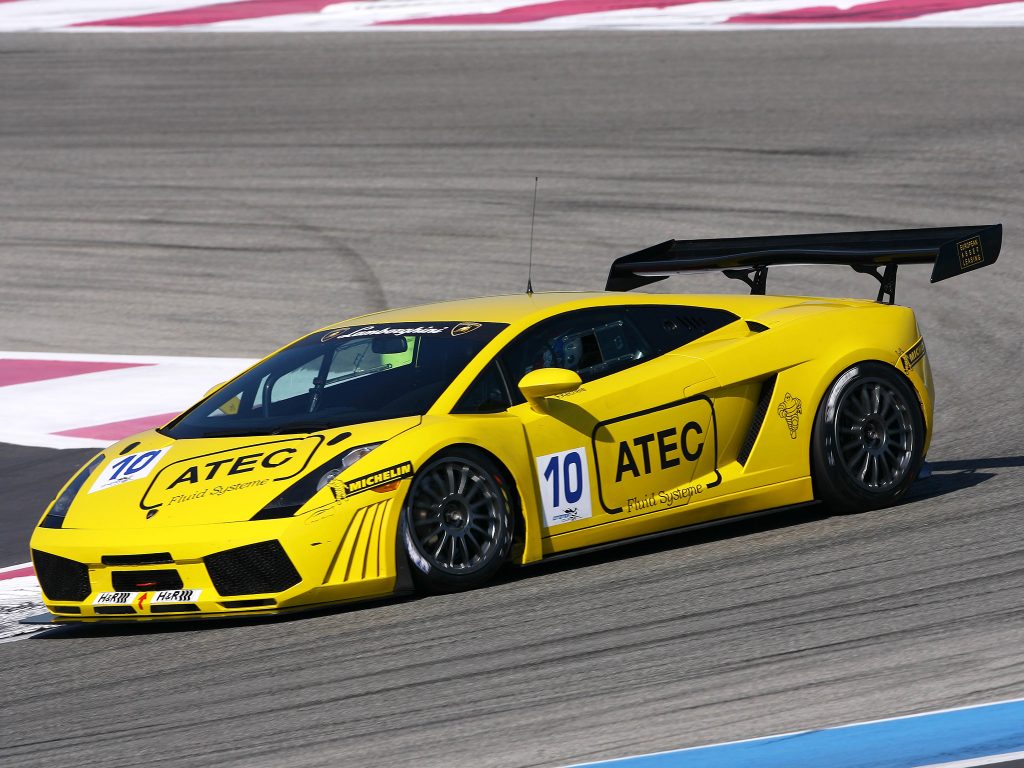
In Brazil there was the Fúria-Lamborghini from Jayme Silva, wich used the engine and transmission from a Lamborghini Miura that was totalled after an accident. Recently, we had the MCR Grand-Am, a sport-prototype developed to the GP1 category from Endurance Brasil, the Brazilian endurance championship. The car history begins with the gaúcho race driver Fernando Poeta, then owner of two Lamborghini Gallardo GT3 racecars, and who had the idea to develop a sports-prototype using the large amount of spares he had from his GTs.

The design was developed by race car engineer Luiz Fernando Cruz, founder of MCR Race Cars and designer of various winning cars in categories such as Formula Renault and Ford, Brazilian Endurance Championship, Sports 2000, OSS and races like the 12 Hours of Tarumã (traditional endurance race from Brazil), among others.










Building of the car was done in the workshop from Noel Teixeira, supported by traditional Brazilian racing team Mottin Racing, from Luciano Mottin, which was also responsible to campaign the car in the races from Brazilian and Gaúcho Endurance Championships.

Development started early 2014, a time when the Endurance Brasil championship rulebook allowed only prototypes with tubeframe construction. The frame was drawn with CAD, based on IMSA regulations for Daytona Prototypes, by then the only major international road car series to adopt tubeframe chassis. Starting with the Gallardo’s LP560 GT3 powertrain (5,2 liter V10 engine and Höllinger sequential 6-speed transaxle), chassis and bodywork were built. With a 100 liter fuel cell, the car’s weight ended up higher than GP1 class minimum weight (900 kg), tipping the scales at 940 kg without driver.

Assembly of the car was completed in 2016, and the team hoped to debut in that season’s first race. Eventually they even took part at 3 Hours of Santa Cruz do Sul (second race from the Copa Brasil de Endurance and third from the Endurance RS), however the squad choose to postpone the debut, as explained by engineer Luiz Fernando Cruz:
“Agradeço a todas as manifestações dos amigos e comunico que a equipe decidiu adiar a estréia do protótipo para a próxima etapa, porém vai correr amanhã com a Lamborghini GT3. Não foi possível ajustar alguns detalhes durante o pouco tempo das sessões oficiais, bem como os 4 pilotos inscritos não conseguiram treinar o suficiente com o novo carro. (Translation: I thank all manifestations (of support) from our friends and let you know that the team choose to postpone the prototype’s debut for the next round, however we will race tomorrow with the GT3 Lamborghini. It was impossible to adjust some details during the short time in the official practice sessions, as well as the four entered drivers did not had enough time to practice with the new car.).”
This way, the official debut happened in the 3 Hours of Tarumã race, with drivers Fernando Poeta, Andersom Toso and Fernando Fortes. In qualifying, the MCR got the fifth place, with a time of 1″02, finishing the race in third place overall, one lap down the winners. This result was sort of a forecast for the MCR Grand-Am: although the car never got a pole-position in qualifying, it was always a reliable car, with good race rhythm.

Still in 2016, the season climax was the overall win at the 12 Hours of Tarumã, driven by Fernando Poeta / Fernando Fortes / Marcelo Santanna / Andersom Toso / Pedro Queirolo and Henrique Assunção.

In 2017 the GP1 category saw a rise in competitiveness, with the arrival of cars like the Metalmoro JLM AJR and Porsche 911 GT3 R. For that season, Mottin Racing received the sponsorship of energy drink company Dopamina, which also became the main sponsor of the now Dopamina Endurance Brasil Championship. The season highlight was the overall victory in the Guaporé roung of the Endurance RS. The now proven reliability showed crucial for that season, resulting in a second place finish at that year Endurance RS championship for Fernando Poeta.

In the Brazilian Championship, however, the MCR V10 suffered from reliability issues during the early rounds, achieving as best result a second place in class in the 500 km of São Paulo. The problems kept the team away from the title run in 2017.
For the 2018 season, the GP1 class was split into GT3 for FIA GT3 class cars and P1, for LMP3 and tubeframe sports prototypes with large displacement engines. This season saw the arrival of a new generation of competitors, like the Sigma P1 and an increase in the number of AJRs running.This meant that Mottin Racing wasn’t able to capture any class or overall victory. However, the MCR’s good reliability meant the trio of Claudio Ricci, Fernando Poeta and Beto Giacomelli could capture 5 podium finishes in 7 rounds, managing to take third place in 2018 Endurance Brasil Championship and the P1 championship title in the Endurance RS Championship.
Technical Analysis

As mentioned earlier, the MCR Grand Am has a tubeframe chassis, with carbon steel square tubes for the front and rear structures, and round tubes for the roll cage, as required by FIA Annex J.

Viewed from the front, the MCR Lamborghini is a mix of elements from Daytona and Le Mans Prototypes. That’s mainly because the cockpit is quite large (1), Daytona style, however the design aero design has otherwise a European approach, like the raised nose (2). During its career, the car received quite a few combinations of dive planes in the front: during development, two fins were used per fender, however the upper element was changed for a larger one already in the car debut, probably seeking more front downforce to help with aero balance. For 2017, the lower element also grew in size, similar to the superior element (3), while in 2018 only the lower element was kept. Curiously, the prototype haven’t had integrated headlights during the 2016/2017 season, initially using lights embedded to the side mirrors (see below), that eventually got replaced by LED lights mounted on the fenders (4).

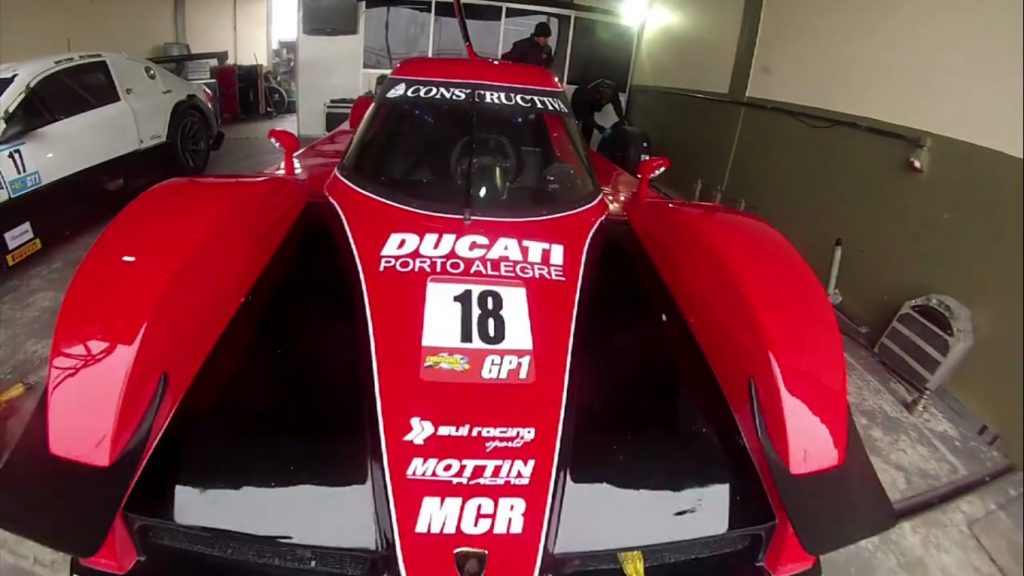
Opposed to other contemporary Brazilian prototypes that put the driver right in the middle of the cockpit, in the MCR the driver sits lightly off-set to the left.

In 2018, the MCR’s front end received a few updates, like integrated headlights (5) and 2 NACA ducts, probably to help with brake cooling (6).

The cooling layout is somewhat odd for a mid-engine prototype, as the radiator is mounted in the front (a carry-over solution from the Gallardo GT3), venting the hot air through an hood opening similar to those found in GT cars. Front wheel arches have wheel cuts to help reduce induced lift by the spinning duo of tire + rim.
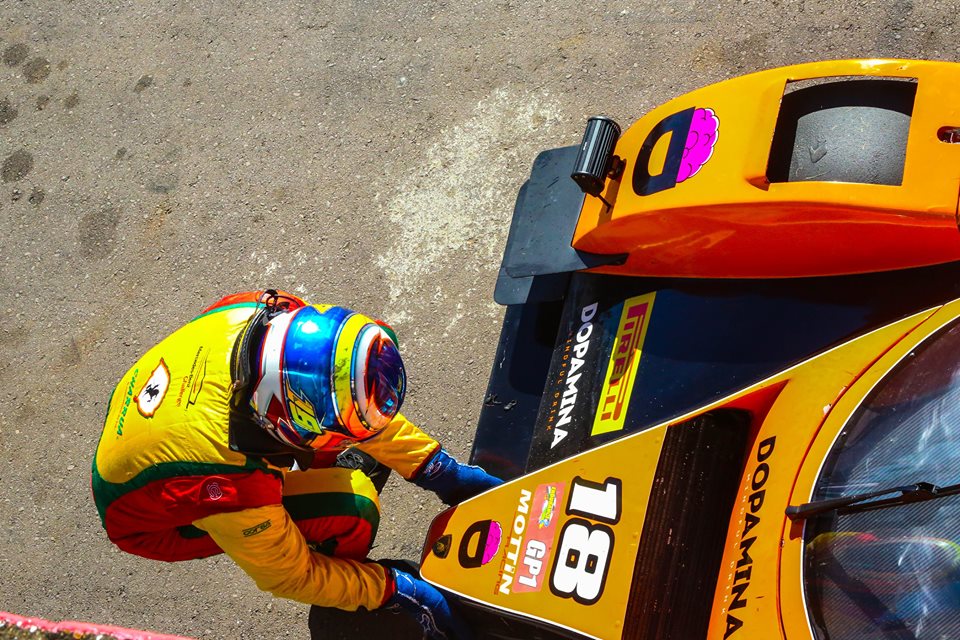

Viewed from another angle, the side profile is very similar to the Daytona Prototypes, displaying two large NACA ducts that drive air to the rear brakes (7) and 2 smaller ones that vent the engine bay (8).

Initially, the MCR Grand Am haven’t had any air intake over it’s roof, however in 2016 a small air intake was added. In 2017, what resembles an air exhaust was added, resulting in a very unique layout. Considering were the engine air intake is positioned, these air intake/exhausts seem to have a function to help the cockpit ventilation.

Viewed from behind, the MCR Grand Am has a large diffuser (9), with two elements with higher inclination, and a less aggressive center element with two inner strakes to help separate the airflow. This element is partially supported by two stems attached to the rear wing mounts. The exhaust pipes (10) are placed in what seems to be almost the same position as the GT3 Gallardo. The rear wing itself (11), resembles a lot the Gallardo rear wing, as a comparison between the two cars shows. Somewhat strange, there is a polycarbonate rear glass, which may improve rear w view capabilities a lot.


Fontes:
Galeria de Imagens – Império Endurance Brasil 2019. Available at: http://www.imperioendurancebrasil.com/imagens.html.
Racecarpress. Available at: https://www.facebook.com/racecarpress.racecarpress.
O novo protótipo MCR Grand-Am V10 foi testado em Tarumã. Available at: https://www.diariomotorsport.com.br/o-novo-prototipo-mcr-grand-am-v10-foi-testado-em-taruma/.
Mottin Racing: Available at: https://www.facebook.com/MottinRacing/.
Imagens
[1]: Sourced from: Galeria de Imagens – Império Endurance Brasil 2019. Available at: http://www.imperioendurancebrasil.com/imagens.html.
[2]: Sourced from: Racecarpress. Available at: https://www.facebook.com/racecarpress.racecarpress.
[3]: Sourced from: O novo protótipo MCR Grand-Am V10 foi testado em Tarumã. Available at: https://www.diariomotorsport.com.br/o-novo-prototipo-mcr-grand-am-v10-foi-testado-em-taruma/.
[4]: Sourced from: Mottin Racing: Available at: https://www.facebook.com/MottinRacing/.


Obrigado pelo seu artigo. Eu realmente gosto